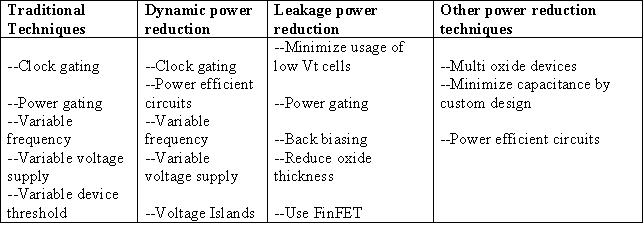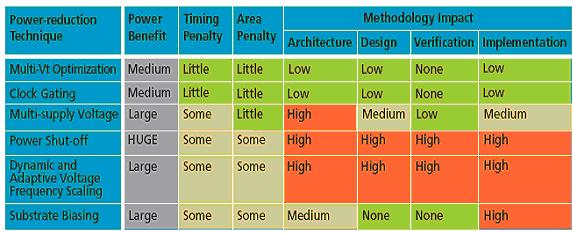Having been in the asynchronous trenches myself, I totally agree with Paul McLellan's viewpoint.
For asynchronous design to achieve industrial viability it requires new EDA tools and algorithms (which may be supplementary to existing ones), which require a very significant development effort.
For example, conventional STA must be supplemented with Asynchronous STA, where the notion of critical path is substituted by the notion of critical circuit cycle. Conventional logic synthesis must be able to provide asynchronous solutions, with both (area, delay, speed) tradeoffs, and clear benefits over the synchronous equivalent. Last but not least, all back-end, timing-driven algorithms must be modified to support Asynchronous STA, as well as the conventional STA...
Last but not least, the adaptive nature of asynchronous circuits, which can certainly work in their favour, e.g. with respect to PVT variations, is also often perceived as an obstacle, as industrial designs must be shipped with specific frequency and power constraints.
Thus, it takes a significant shift of a significant portion of the Semiconductor industry to asynchronous design, to enable such as change. And this shift will probably only happen, when no other method works...


